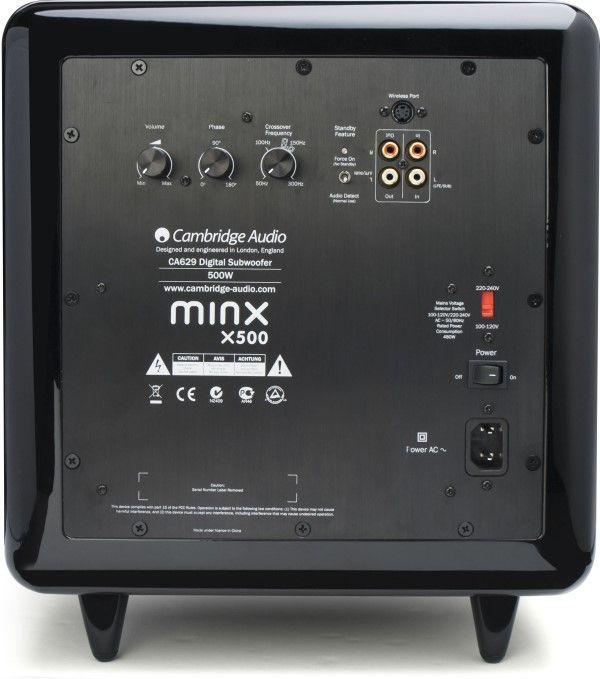And what about speaker cable itself, doors that really matter so much? (Rather than the interconnects)
On a basic level the cable simply has to be fit for purpose. That means it should be made from pure copper rather than the cheaper alternatives of copper coated aluminium (CCA) or, less commonly but also poor, copper coated steel (CCS).
Next it should be of an appropriate gauge for the distance required to carry sufficient current with minimal loss. For example, 60ft of 20 gauge bell wire will lose roughly 40% of the amplifier's power as it travels along the wire, and it will also show a softening of the upper most treble frequencies due to capacitance. In this example I'd expect the treble to be affect from about 18,000 Hz upwards. (There are other factors that affect power loss and roll off etc too such as the speaker impedance and the damping factor of the amp; but to get in to that at this stage is way more detail than is needed.)
The same 20 gauge cable would be perfectly adequate at 10ft. That's because at a shorter distance the cumulative effects of power dissipation and capacitance have a much smaller impact.
As a general rule of thumb, and also because decent cables are available in certain common gauges (or cross sectional areas in metric countries), then something around 15~16 gauge (1.5mm CSA) is suitable for general use up to 40 ft per run. 13 gauge (2.5mm CSA) will do for twice the distance at similar losses, or lower losses on a shorter run.
Manufacturers can play around with the cable geometry and materials to affect such things as capacitance and inductance. This would then make it possible to have a smaller gauge of cable that doesn't have as much high frequency roll off compared to a conventional design, for example.
How far you decide to go with cables depends very much on the quality of the system they're being used with and your own perception of sound. Something basic but decent such as Van Damme Blue in 1.5mm or 2.5mm will be perfectly adequate at getting power from A to B with minimal losses based on the distance recommendations I made earlier. If you want to use something better and you can hear the difference then go for it.




